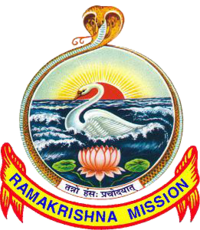Swami Vijnanananda
Swami Vijnanananda
Swami Vijnanananda’s premonastic name was Hari Prasanna Chattopadhyay. He was born on Friday, 30 October 1868 in Etawah, Uttar Pradesh, where his father, Taraknath Chattopadhyay, worked in the commissariat of the British government.
Hari Prasanna was the eldest of six children, two boys and four girls. As Taraknat’s job transferred him to different places, the children lived with their mother, Nakuleswari Devi, at Varanasi, where Hari Prasanna began his primary education. In 1879 his mother moved with her children to their ancestral home at Belgharia, near Dakshineswar. Hari Prasanna entered the Hare School in Calcutta, and in 1882 he passed the Entrance examination.
In 1883 Hari Prasanna entered Saint Xavier’s College in Calcutta, and Sharat Chakrabarty (later Swami Saradananda) and Ramananda Chattopadhyay (later the editor of Pravasi) were his classmates.
In 1887 Hari Prasanna graduated from Patna College and then went to the Poona College of Science to study civil engineering. He was a brilliant student and was greatly loved by his professors and classmates.
Hari Prasanna was only seven years old when he first saw Sri Ramakrishna.
He recalled: "I first saw Sri Ramakrishna in 1875 at Belgharia in the garden house of Jaygopal Sen. The Master came to visit Keshab Sen in that retreat house. I was then a little boy. I was playing with my friends and then just by chance saw the Master there. At that time the paths of the garden house were covered with red brick dust. Many people came. The Master was seated in a room. After seeing him, I returned to my home nearby."


Sri Ramakrishna later said of him:
"He wrestled with Krishna in his previous incarnation; he is not an ordinary person"
During his college days, Hari Prasanna visited Sri Ramakrishna several times at the Dakshineswar temple garden. He later related those wonderful reminiscences to some devotees. Because his father died in his childhood, Hari Prasanna had to work til his family was financially secure. He provided food and everything for his mother and also for the education of his younger brother.
With the passing of time, however, his uncle began to pressure him to get married. He became disgusted with these attempts to tie him to a worldly life and joined the Ramakrishna Monastery at Alambazar in 1896. He lived there humbly and spent most of his time in japam and meditation. He was a man of few words and did not care for chatting and joking as others did.
Swami Vivekananda returned to India from the West in 1897 and took Hari Prasanna with him on his travels in western and northern India.
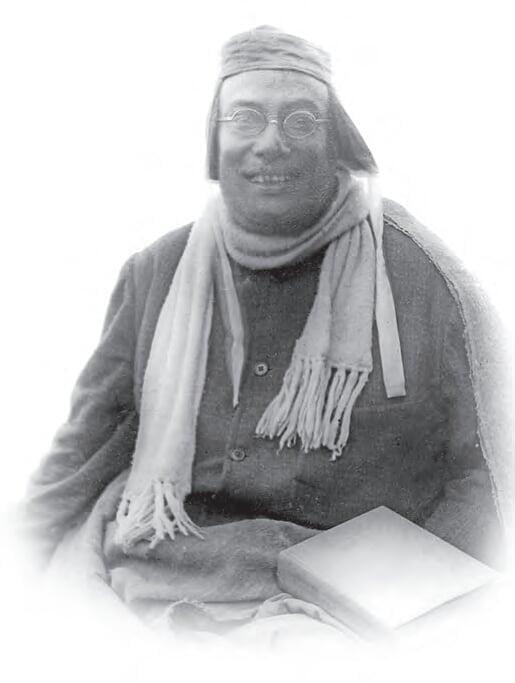

On 13 February 1898 the Ramakrishna Monastery was moved from Alambazar to Nilambar Mukherjee’s Garden house at Belur. The site for Belur Math, the headquarters of the Ramakrishna Order, was purchased in March of 1898. Vivekananda entrusted Hari Prasanna with the task of remodeling the main building and constructing new buildings and the shrine for the monastery. Hari Prasanna drew up the site plan and building plans, prepared estimates, as well as supervised the construction. He did all of this single-handedly. When the construction was completed, Vivekananda consecrated the Ramakrishna Math on 9 December 1898. On 9 May 1899 Hari Prasanna formally took sannyasa, final monastic vows.
Vivekananda told him:
Do as we have done. Take your sannyasa directly from the Master. When the construction of the Belur Monastery was finished, Vivekananda advised Vijnanananda to start a centre at Allahabad. This city is an important pilgrimage site because the confluence of three rivers — the Ganges, the Jamuna, and the Saraswati — is located there. Accordingly, Vijnanananda left Belur Math in the early part of 1900, and after visiting a few holy places, reached Allahabad at last and settle permanently.
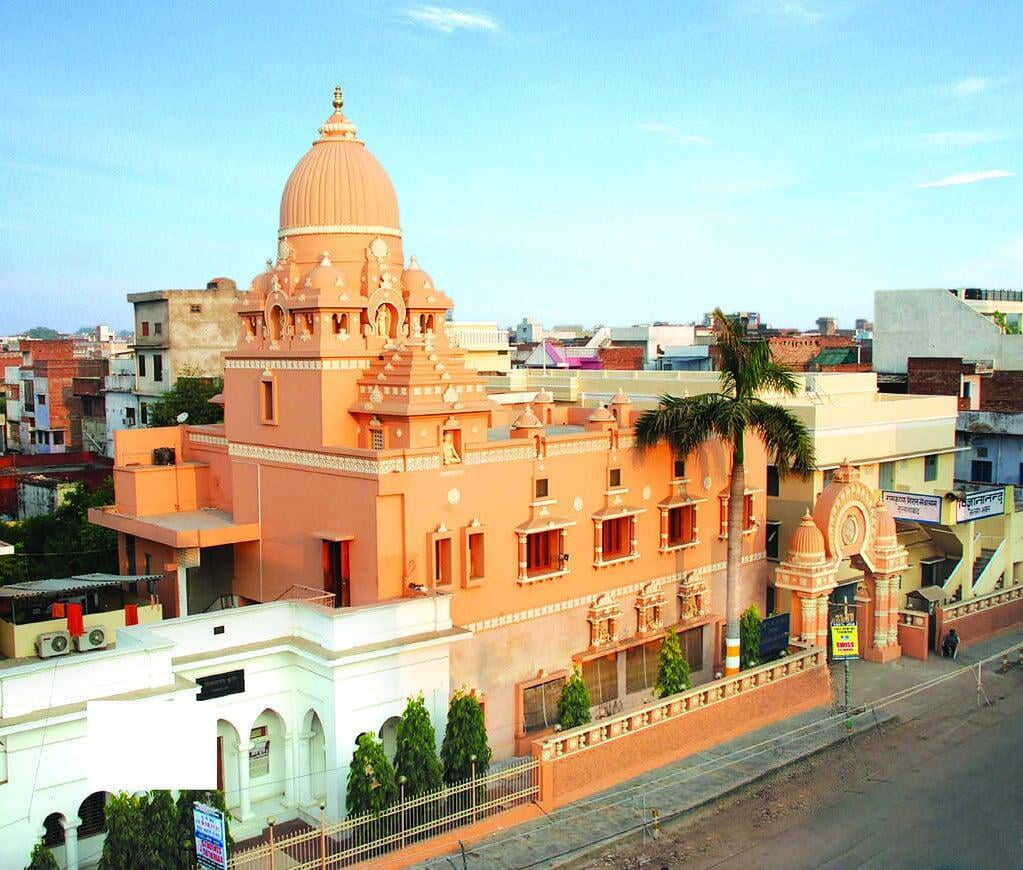
No one ever saw Vijnanananda wasting his time by indulging in chit-chat or gossip, nor did he allow others to do so in the centre. When he was not practising his spiritual disciplines, he studied Vedanta literature thoroughly and regularly with Bhagavat Dat, an orthodox Vedic pandit of Allahabad. He also published a number of important books during his thirty-eight-year stay in Al1ahabad. In 1904 he translated Sri Ramakrishna’s Life and Teachings by Suresh Chandra Datta from Bengali into Hindi and published it as Paramahamsa-Charitra. His later publications were: Jalsarvarilher Karkhilnil, an engineering and waterworks manual in two volumes in Bengali; translations of Varahamihira’s Brihajjiltaka and Surya- siddhanta, two ancient Sanskrit astrological and astronomical works, the first into English and the second into Bengali; and translations of Devi Bhagavata and Narada Pancharatra, two famous Hindu scriptures, from Sanskrit into English. Towards the end of his life, he was translating Valmiki’ s Ramayana from Sanskrit into English, but this was left unfinished. He later said of this experience:
When I sit down to translate the Ramayana, I forget the world. I see Rama, Lakshmana, Sita, and Mahavirji in front of me. Allahabad has an extreme climate — very hot in the summer and severely cold in the winter. The ashrama had no electricity and moreover, it was very close to the main rail line in Mutthiganj, which made it very noisy. It was unbearably hot in the summer, so Vijnananandaji Maharaj would meditate with a wet towel on his head. Despite these hardships, nothing could disturb the equanimity of Vijnananandaji’s mind. Sometime in 1916 or 1917 the swami suffered from acute blood dysentery for many days. He did not allow anyone to serve him; he only asked his assistant to keep a jar of cold water in his room. He endured the pain alone in his bed with his eyes closed, as if absorbed in deep meditation. If anyone offered to help, he would put his index finger over his lips to indicate “silence,” and then would dismiss the person with a wave of his hand. Vijnananandaji Maharaj was an embodiment of forbearance, and finally was cured with homeopathy medicine.
“A Hidden Knower of Brahman” Brahmananda once remarked, “Vijnanananda is a hidden knower of Brahman.” The Bhagavata gives a description of an illumined soul’s way of life: Though wise, he plays like a child unconcerned about status; though highly intelligent, he behaves like a fool without any plans; though learned, he speaks like one who is mad to avoid popularity; though established in the truth taught by the Vedas, he roams about like cattle with absolute unconcern for all established codes of conduct (11.18.29). We must look at Vijnananandaji’s actions from this perspective in order to understand their true meaning; otherwise, he will be misunderstood.
Another important characteristic of Vijnananandaji Maharaj was his wonderful sense of humour. Although he seemed to be a serious person, he could make people laugh with his childlike simplicity, playful moods, jokes, and witty remarks. Humour has its place in religion: although it is not accepted by many religions, it can actually be a mode of spiritual self-expression. Because a real Vedantin — a knower of Brahman — knows that the world is a dream, he can make fun of it.
Swami Vivekananda had expressed an earnest desire to have the relics of Sri Ramakrishna permanently housed in an enduring and imposing temple that would continue to inspire people for ages. Shivanandaji Maharaj had laid the foundation stone for this temple on 13 March 1929. Afterwards, when the new temple site was selected in July of 1935, Vijnananandaji Maharaj had to relay the same stone one hundred feet south. It took nearly three years to construct the main part of the temple, then another year to complete it. On 12 January 1938 Vijnananandaji Maharaj came to Belur Math from Allahabad for the consecration of the Ramakrishna Temple. On Friday, 14 January 1938, the swami got up early in the morning and put on a new ochre cloth. He sat quietly in his chair, waiting for the auspicious moment.
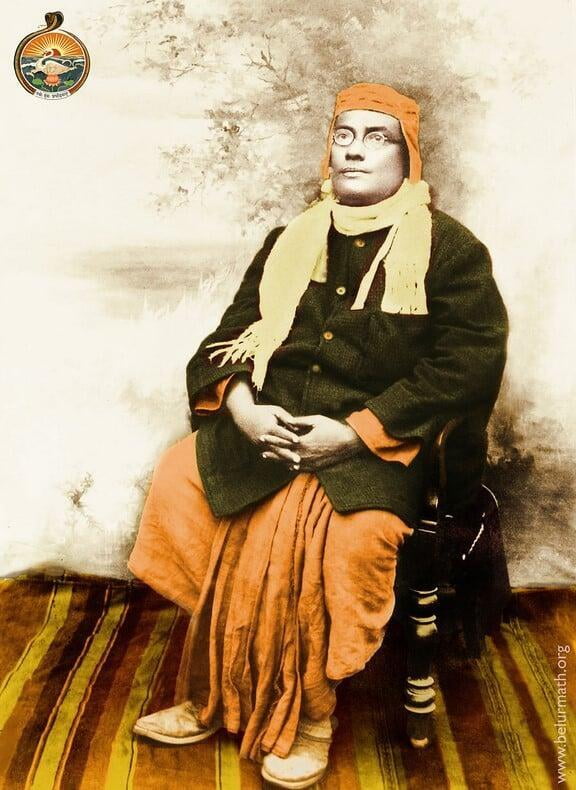


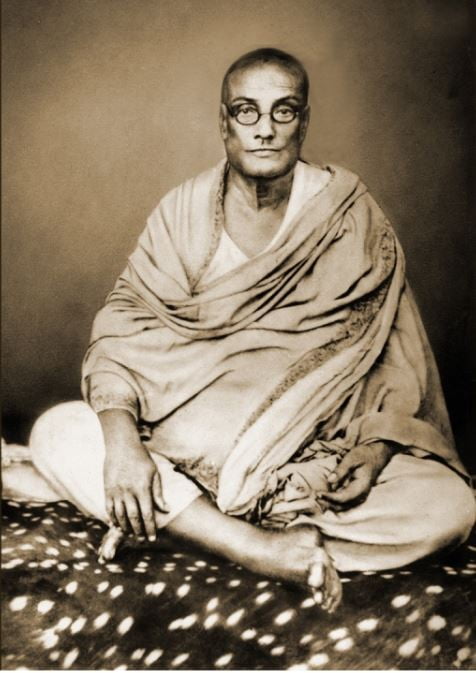


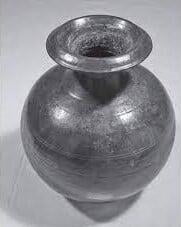
He said to his attendant: When I install the Master in the new temple, I shall say to Swamiji: ‘Your consecrated deity has now been installed in the temple you planned. You said that you would watch from on high. Please see now that the Master is seated in the new temple.
Some people in this world are selected by God to carry out His mission; it is God who decides what He will do through them and for how long.
Sri Ramakrishna told Vijnanananda: "You belong to the Divine Mother and you will have to do a lot of work for Her"
The swami obeyed his guru’s order. He taught and inspired many people, less through lecturing; than through his exemplary life, which was full of purity and renunciation. After the dedication of the temple, Vijnananandaji began to prepare himself for his departure from this world. On 8 March 1938 Vijnanananda returned to Allahabad; he continued his last task- translating the Ramayana from Sanskrit into English. Unfortunately, he could not complete it. He decided to spend his last days chanting the name of the Lord. He refused medical treatment and gradually stopped eating. From time to time he drank some mineral water, tea, or lemonade. A week before he passed away, a monk suggested that Vijnanananda consult an ayurvedic doctor. Vijnanananda gravely quoted a Sanskrit couplet, “Ganges water is the medicine and the Lord is the physician.”
The news of Vijnanananda’s serious condition spread. On Sunday, 24 April, some monks from Varanasi came with a doctor. No one dared to tell him to take allopathic medicine, so the doctor prescribed a homeopathic medicine and asked the attendant to give it to him mixed with water. The next day at 10:00 a.m. the doctor came again and asked Vijnanananda, “How are you ?’ “I am fine,” replied the swami. His eyes were closed and his face was as serene as if he were immersed in meditation. When his attendants tried to change his position, he made a little noise ” ah, ah,” indicating that his end was imminent. A monk put a little Ganges water into his mouth and other monks began to chant, “Om Namo Bhagavate Rama-krishnaya” (Salutations to Bhagavan Ramakrishna).
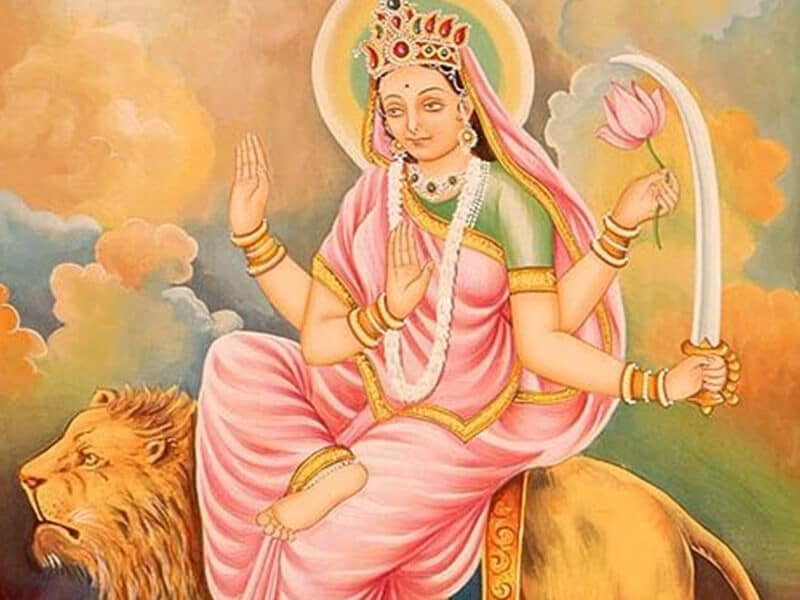

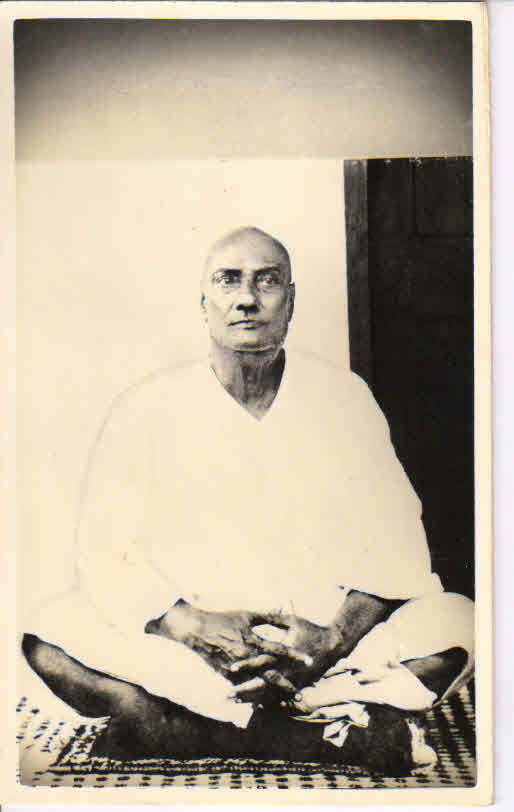
Vijnanananda’s face beamed with joy and he passed away at 3:20 p.m. on Monday, 25 April 1938. The next day the monks and devotees carried his body to the conflu-ence of the Ganges and Jamuna, placed it in a stone coffin, and then immersed it into that holy water where he had once had a vision of Mother Triveni.
Swami Vijnanananda’s life verified that God is not a myth, and that religion means the realization of God. His spiritual experiences silenced the speculation of those who only talked of religion, and removed the doubts of many agnostics and atheists.

Recommended for further reading
Recommended for further reading
- स्वामी विज्ञानानन्द - स्वामी विश्वश्रयानन्द
- स्वामी विज्ञानानन्द के कुछ प्रेरक प्रसंग - स्वामी अपूर्वानन्द
Message of Swami Vijnanananda
Message of Swami Vijnanananda
- "Devotion is great to a bhakta and knowledge is great to a jnani. In the initial stage an aspirant experience a difference; but after attaining perfection, he realizes that knowledge and devotion are the same."
- "Japam means repeating the Lord's name. It does not matter what mood you are in; you should continue your japam. Know for certain that you are separate from the mind. Don't pay any attention to whether you have joy or misery in your mind."
